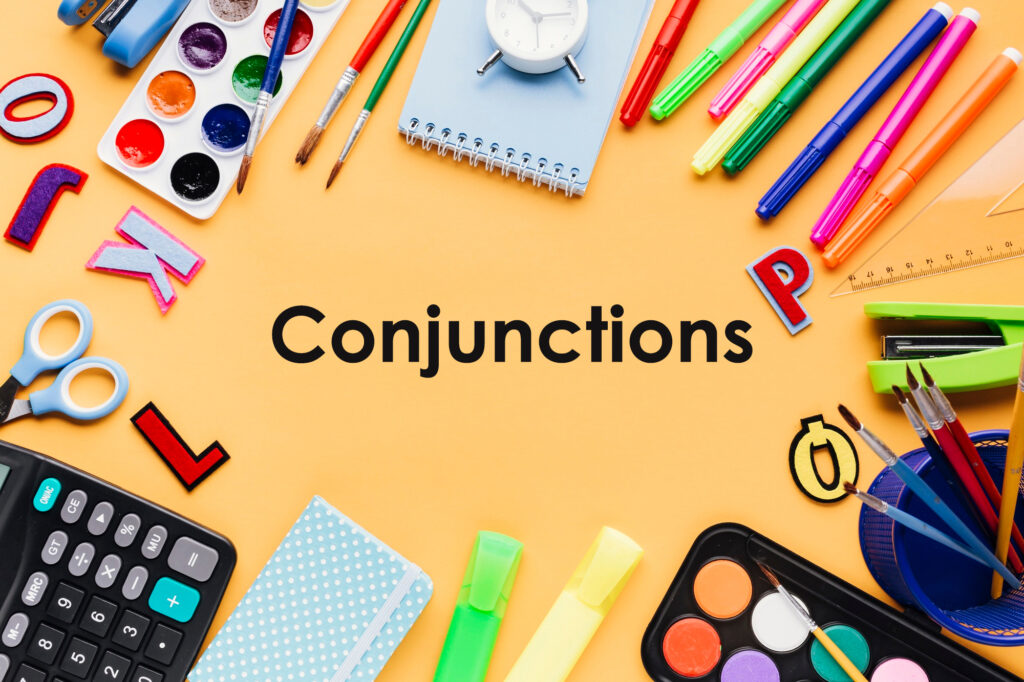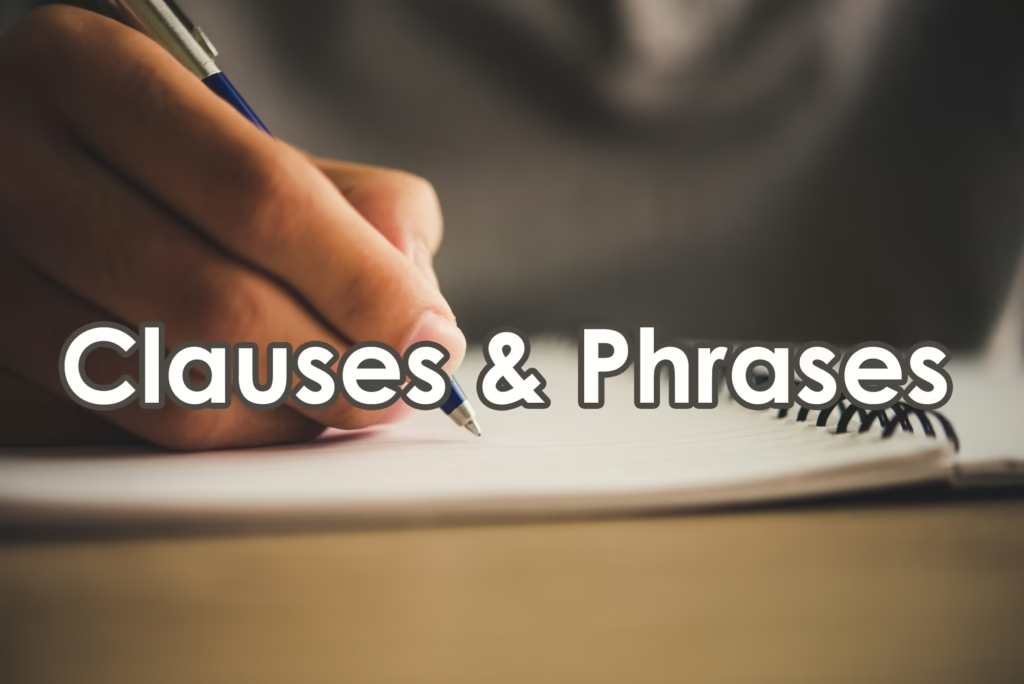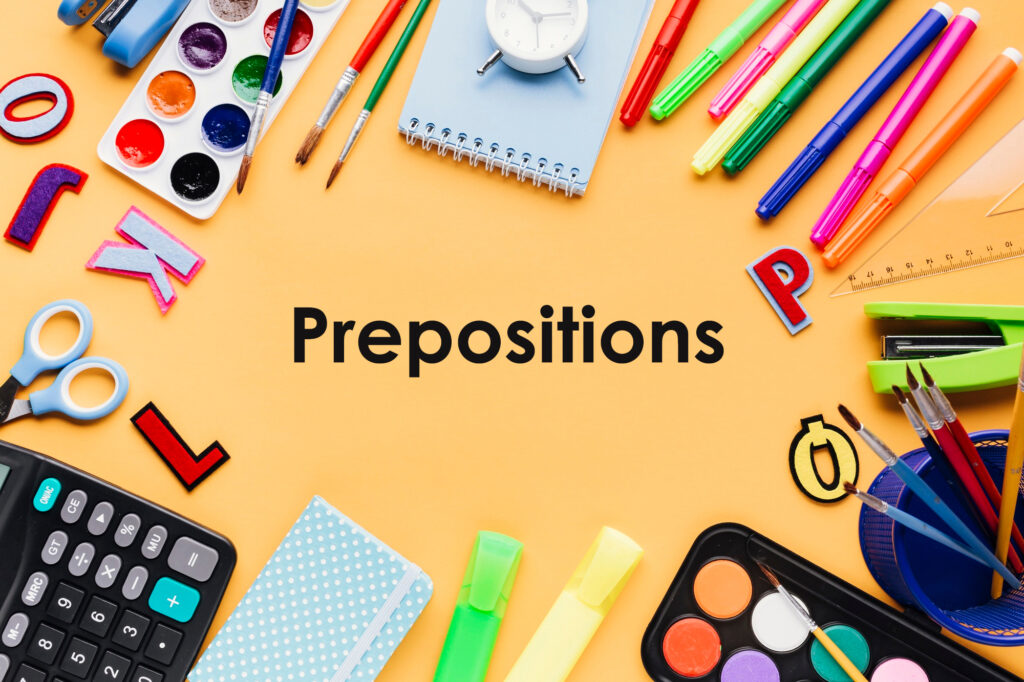1.1 What Are Parts of Speech?
The parts of speech are the building blocks of English grammar. Every word in a sentence belongs to one of these eight categories, each serving a specific function.
The 8 Parts of Speech:
- Noun – Names a person, place, thing, or idea.
- Pronoun – Replaces a noun.
- Verb – Shows action or state of being.
- Adjective – Describes a noun or pronoun.
- Adverb – Describes a verb, adjective, or another adverb.
- Preposition – Shows the relationship between a noun (or pronoun) and another word.
- Conjunction – Joins words, phrases, or clauses.
- Interjection – Expresses strong emotion.
Let’s explore each part of speech in detail.
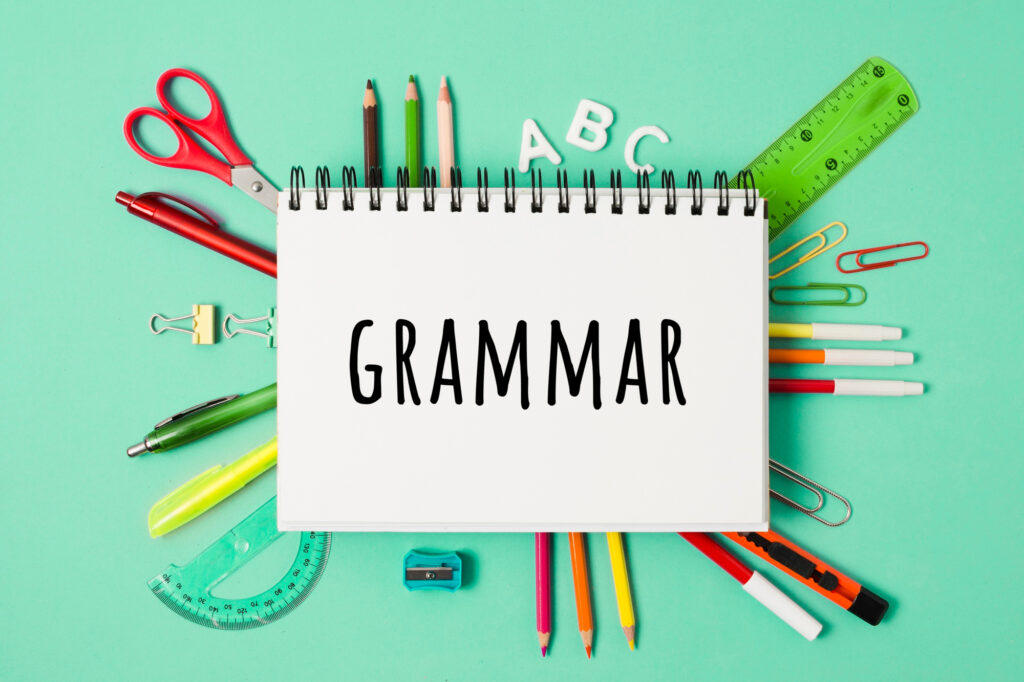
1.2 The Eight Parts of Speech in Detail
1. Nouns
A noun is a word that names a person, place, thing, or idea.
Types of Nouns:
| Type | Definition | Example |
|---|---|---|
| Common noun | General name of a person, place, or thing | dog, city, book |
| Proper noun | Specific name (always capitalized) | John, Paris, Coca-Cola |
| Concrete noun | Something you can touch | apple, table, phone |
| Abstract noun | An idea, quality, or feeling | love, freedom, honesty |
| Collective noun | A group of things/people | team, family, flock |
Examples:
- The dog (common noun) is barking.
- Emily (proper noun) is my best friend.
- She values honesty (abstract noun).
2. Pronouns
A pronoun replaces a noun to avoid repetition.
Types of Pronouns:
| Type | Example |
|---|---|
| Personal | I, you, he, she, it, we, they |
| Possessive | my, your, his, her, their |
| Demonstrative | this, that, these, those |
| Interrogative | who, what, where, which |
| Relative | who, which, that |
| Reflexive | myself, yourself, himself |
Examples:
- She is a great dancer. (instead of repeating “Emma” multiple times)
- Is this your bag?
3. Verbs
A verb expresses an action or a state of being.
Types of Verbs:
| Type | Definition | Example |
|---|---|---|
| Action verb | Shows action | run, eat, write |
| Linking verb | Connects the subject to a description | am, is, seem |
| Auxiliary (Helping) verb | Helps the main verb | have, do, will |
Examples:
- She writes every day. (Action)
- He is tired. (Linking)
- They are studying for the test. (Helping verb + action verb)
4. Adjectives
An adjective describes a noun or pronoun.
Types of Adjectives:
- Descriptive: blue sky, large house
- Quantitative: few books, many people
- Demonstrative: this book, those flowers
- Possessive: my car, their house
- Interrogative: which dress? whose bag?
Examples:
- The red (descriptive) car is fast.
- I have two (quantitative) dogs.
5. Adverbs
An adverb describes a verb, adjective, or another adverb.
Types of Adverbs:
| Type | Example |
|---|---|
| Manner (how?) | quickly, slowly, beautifully |
| Place (where?) | here, there, everywhere |
| Time (when?) | now, later, yesterday |
| Frequency (how often?) | always, sometimes, never |
Examples:
- She sings beautifully. (modifies verb ‘sings’)
- He is very tall. (modifies adjective ‘tall’)
6. Prepositions
A preposition shows the relationship between a noun and another word.
Common Prepositions:
- Place: in, on, under, between
- Time: before, after, during
- Direction: to, from, into
Examples:
- The book is on the table.
- We will meet after lunch.
7. Conjunctions
A conjunction joins words, phrases, or clauses.
Types of Conjunctions:
| Type | Definition | Example |
|---|---|---|
| Coordinating | Connects equal parts | and, but, or, nor, so |
| Subordinating | Connects dependent clauses | because, although, since |
| Correlative | Comes in pairs | either… or, neither… nor |
Examples:
- I like coffee and tea. (Coordinating)
- I stayed home because it was raining. (Subordinating)
8. Interjections
An interjection expresses strong emotion.
Examples:
- Wow! That was amazing!
- Oops! I dropped my phone.
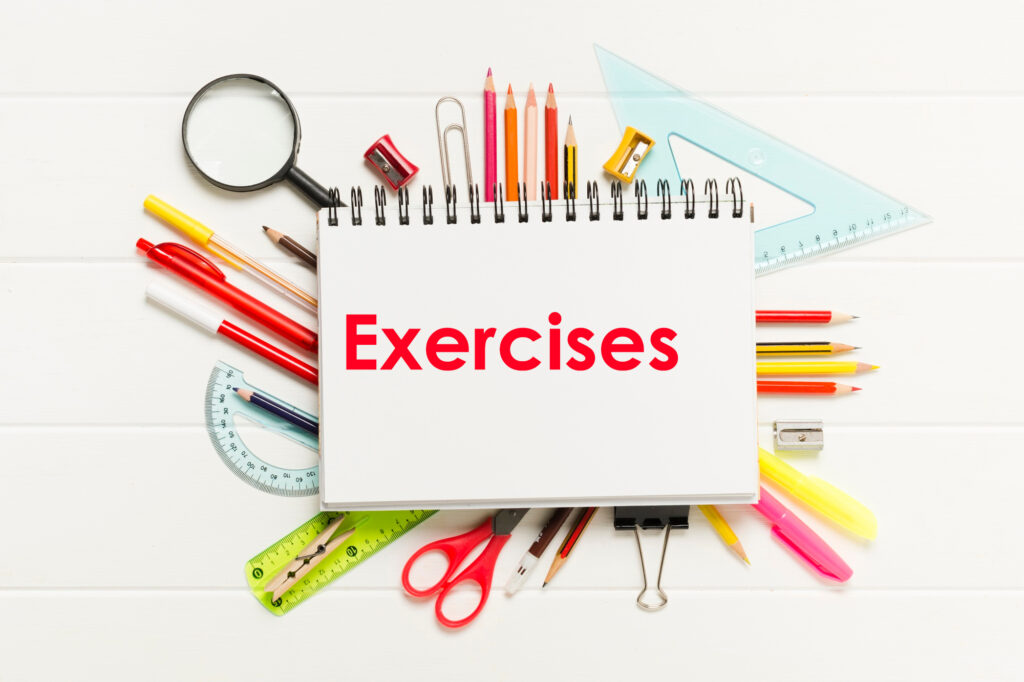
Exercises
A. Identify the part of speech of the underlined word:
- She runs fast.
- This is my favorite book.
- Oh! I forgot my keys.
- We will go after lunch.
- He has three dogs.
B. Choose the correct word to fill in the blank:
- I love ______ (this/these) song.
- She writes ______ (beautiful/beautifully).
- The cat is hiding ______ (in/on) the table.
- We were late ______ (because/and) of traffic.
- I have ______ (some/any) water left.
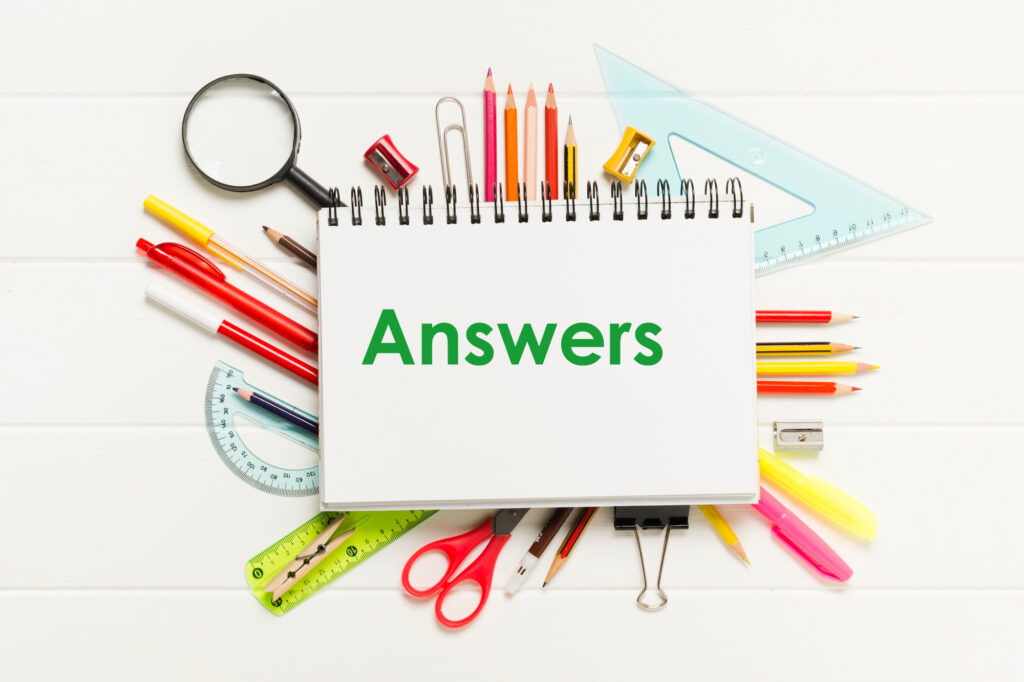
Answers
A. Identify the part of speech:
- runs – Verb
- favorite – Adjective
- Oh! – Interjection
- after – Preposition
- three – Adjective
B. Choose the correct word:
- I love this song.
- She writes beautifully.
- The cat is hiding under the table.
- We were late because of traffic.
- I have some water left.



